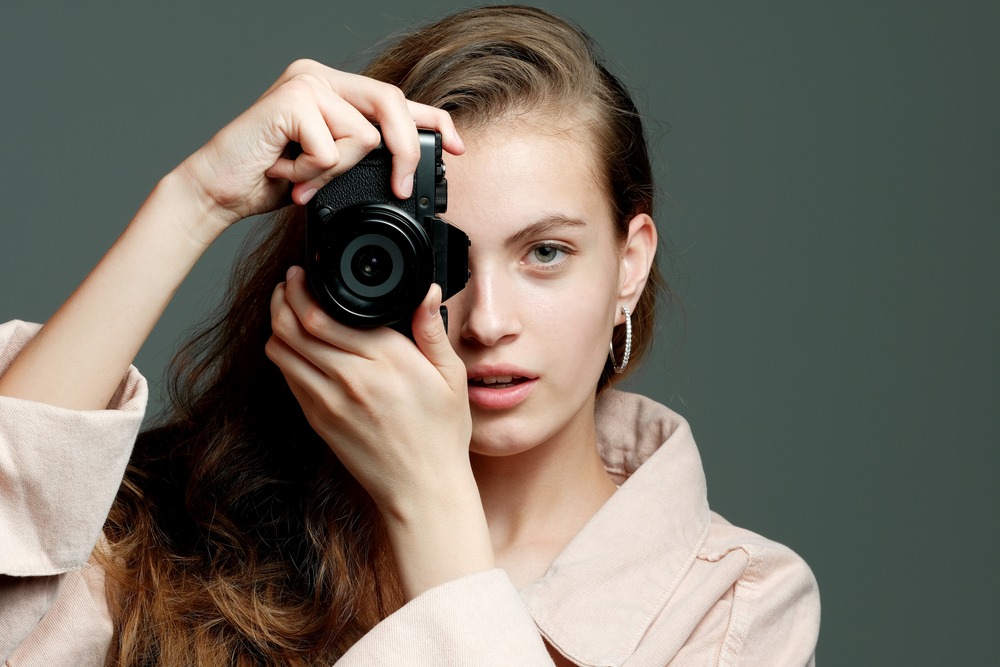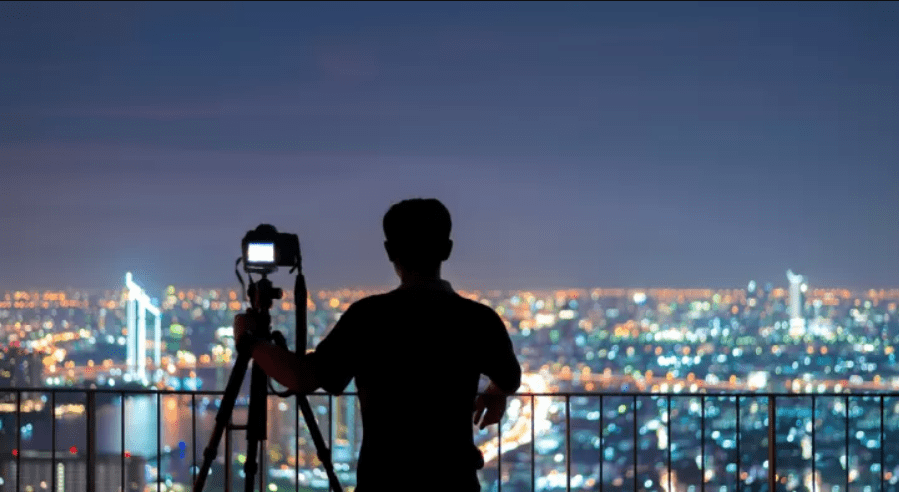Portrait photography is a captivating and awe-inspiring art form that focuses on capturing human emotions in facial expressions and conveying photographs with soul. In simple terms, it involves capturing the area of a person’s shoulders and above under different lighting conditions and angles. Portrait photos can be taken with digital and traditional cameras, as well as smartphones.
When taking portrait photographs, factors such as the subject’s pose, the use of light during the shoot, and the photographer’s perspective are crucial elements in creating the image. In addition to physical appearance, portraiture aims to capture the expression of emotions. Due to these characteristics, portrait photography holds a significant place in the world of photography. Portraits can be taken directly facing the subject, from the right or left side, or even as a half-profile.
Lighting Strategies In Portrait Shooting
Portrait photography is shaped around two main elements: light and the person being photographed. When shooting portraits in a studio, well-positioned artificial lights are necessary. These artificial lights, directed onto the subject, aim to produce results similar to natural light, creating perfect portrait photos. Success in this shooting style requires meticulous attention to brightness, tone value, the correct distribution of light and shadow, and colors similar to natural light.
Artificial lights can be used softly or harshly, imitating natural light, depending on the photographer’s style and the characteristic and physical structure of the person being photographed. Adjusting the saturation, expanding, determining brightness, shortening, emphasizing, eliminating, or pushing to the background are elements determined by the photographer’s own perspective.
Lighting strategies are applied in portrait shooting, and these strategies include clamshell lighting, capturing the right light, butterfly lighting, split lighting, loop lighting, using reflector fill to split lighting, Rembrandt lighting, broad lighting, rim lighting, under lighting, short lighting, double backlighting, and backlighting.
Communication And Directing With Portrait Models
Human relationships are a crucial factor in photography, just as in any other profession. Establishing good communication with your model is essential when shooting portrait photos. The subject’s behaviors, gestures, and expressions are crucial in bringing out the best in your portraits. Communication and directing involve several stages:
- Preparation before the shoot: It’s essential to be aware of certain situations that the person being photographed may be uncomfortable or comfortable with. Understanding factors such as whether crowds affect them during a photoshoot or their tolerance to high light and warm light in a closed environment is crucial.
- Receiving feedback during and after the shoot: Taking into account the feedback of the person being photographed during and after the shoot is essential. They may not like the portrait, or they may provide constructive criticism. Tolerating and considering these feedbacks is crucial for a new collaboration that will satisfy both parties.
- Sharing pre-shoot ideas: Sharing your ideas and the path you intend to follow with the person being photographed before the shoot is crucial. This allows the person to understand your thoughts and the direction you plan to take, making them feel more comfortable and relaxed during the shoot. Mutual respect and good communication are indispensable, so keep this in mind.
Outdoor Portrait Shooting Tips
Outdoor portrait photography is quite special, allowing the subject’s lifestyle to be reflected in the portrait. While some people may resist being photographed, many will willingly allow their portraits to be taken. When conducting outdoor portrait photography, some tips can help you capture unique and remarkable outdoor portraits:
Confidence in yourself: Confidence plays a crucial role when working outdoors. Being a good communicator is necessary.Discovering natural and eye-catching locations: Find the most natural and attention-grabbing areas to create unique outdoor portraits. Utilizing natural light: Take advantage of natural light, which is abundant in outdoor settings, to achieve the desired effects.
Choosing the right lens: Ensure you are using the correct lens for the type of outdoor portrait you want to capture.
Directing people for the right pose: Guide your subjects for the correct pose to achieve the desired results.
Avoiding clutter: Simplicity is key. Stay away from clutter, as simplicity enhances the overall quality of the portrait.
Choosing The Best Times For Natural Portraits
Portrait photography is a skill that requires good planning and execution, taking various factors into account. The time when a portrait is taken is crucial, and determining the ideal time depends on several factors. While feelings can guide you, assessing the captured frame after taking the photograph can also help you understand whether you have captured the right moment. Some of the best times for natural portraits include:
Blue Hour:
Ideal for natural light without shadows. Lasting about 30 minutes, it occurs just before sunrise and right after sunset, turning the sky into a blue hue.
Golden Hour:
Offers bright and warm tones, occurring just after sunrise when the sun is low and provides golden light.
Morning Light:
Soft and beautiful light, perfect for open areas. It provides a gentle and effective light experience.
Evening Light:
Occurs as the sun begins to set. Ideal for creating bohemian and romantic images. However, it’s crucial to work quickly, as evening light doesn’t last long.
Midday:
While not considered the best time for photographers, midday can provide good results in open spaces. It offers a soft light suitable for upright portraits.
Portrait Editing And Retouching Techniques
Whether you take portraits professionally or for personal use, editing and retouching are often necessary steps after a photoshoot. These post-processing steps are essential for creating perfect portraits, adding finishing touches that enhance certain features and eliminate flaws. Some techniques to consider during editing and retouching include:
Cleaning the image: Remove any imperfections such as makeup residues and blemishes from the skin.
Equalizing skin tone: Use dodge and burn techniques to even out skin tones for a smoother appearance.
Adjusting colors: Gradation of colors helps to utilize complementary colors effectively.
These techniques, applied carefully, can enhance the overall quality of the portraits.
See you in the next post,
Anil UZUN

